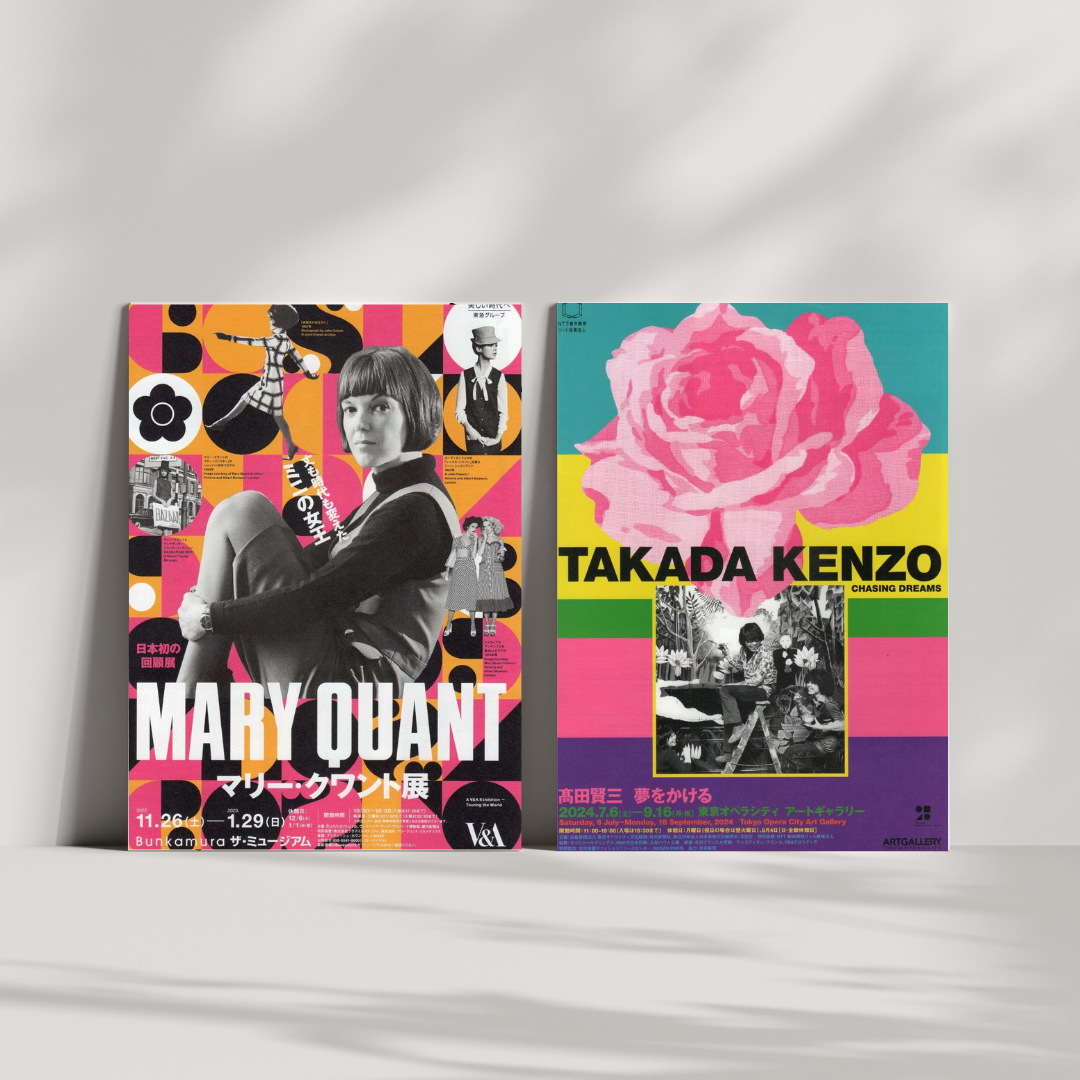
Two Rebels Who Changed Fashion: Mary Quant & Kenzo Takada
Share
Once upon a time, in two very different corners of the world, two young dreamers were about to change the face of fashion forever.
In London, during the swinging 1960s, a spirited woman named Mary Quant opened a tiny boutique called Bazaar on King’s Road. She wasn’t interested in the rules of high fashion — she wanted clothes that were fun, youthful, and full of energy. With scissors in hand and bold ideas in her mind, she helped invent the miniskirt, a daring symbol of freedom for a new generation. Suddenly, fashion wasn’t just for the elite. It was for every girl who wanted to dance, move, and live on her own terms. Mary Quant had started a fashion revolution — one hemline at a time.
Meanwhile, across the globe in Japan, a young man named Kenzo Takada dreamed of Paris. Fascinated by European fashion magazines, he decided to follow his passion all the way to France — a bold move at a time when few Japanese designers had set foot in the Parisian world of couture.
When Kenzo arrived in Paris in the 1960s, he didn’t try to copy French fashion. Instead, he blended it with his own roots — using Japanese patterns, rich colors, floral prints, and flowing silhouettes. In 1970, he opened his boutique Jungle Jap, which became a sensation. His designs were fresh, global, and unlike anything people had seen. With a warm smile and wild creativity, Kenzo brought East and West together on the runway.
Though they came from different worlds, Mary Quant and Kenzo Takada shared something rare:
They both believed fashion should be joyful, personal, and without limits.
Their stories remind us that great style doesn’t come from following trends — it comes from breaking the rules with heart, courage, and imagination.
------------------------------
ファッションを変えたふたりの反逆者:マリー・クワントと高田賢三
昔々、世界のまったく異なる場所に、ファッションの未来を大きく変えることになる二人の若者がいました。
ひとりは1960年代のロンドン。
活気あふれるキングス・ロードに、小さなブティック「バザール」を開いた女性、マリー・クワント。
彼女は伝統的なオートクチュールには興味がなく、「もっと楽しくて、若くて、自由な服」を作りたいと思っていました。そうして彼女は、当時としては衝撃的だったミニスカートを生み出します。それは単なるファッションではなく、新しい女性の自由の象徴となったのです。ファッションはもはや特権階級のものではなく、誰でも自分らしく楽しめるものになった――それが、マリーの小さな革命でした。
そしてそのころ、遠く離れた日本にも、夢を抱く若者がいました。
その名は高田賢三(ケンゾー・タカダ)。
ヨーロッパのファッション誌に心を奪われた彼は、ついに決断します――憧れの地・パリへ渡ることを。当時の日本人デザイナーにとって、それは非常に大胆で勇気のいる挑戦でした。
パリに到着した高田は、フランスのスタイルを模倣するのではなく、自分自身のルーツを融合させます。
日本的な模様や花柄、鮮やかな色彩、ゆったりとしたシルエットを用いた彼のデザインは、1970年に開いたブティック「ジャングル・ジャップ」で一気に話題となりました。
東洋と西洋を結ぶそのスタイルは、パリのファッション界に新しい風を吹き込んだのです。
出身も文化も異なるマリーと賢三。
けれど二人には共通点がありました。
それは――ファッションはもっと自由で、もっと個人的で、もっと楽しいものであるべきだという信念。
彼らの物語は、ファッションとは流行を追うことではなく、心と想像力で“ルールを壊す”ことから生まれるのだと教えてくれます。